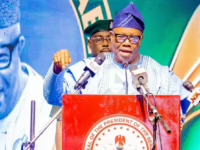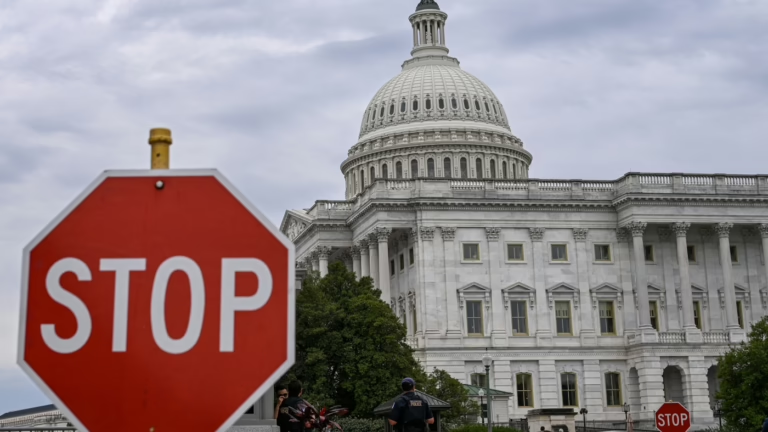The federal government entered a shutdown on Wednesday, marking its first closure since December 2018, which lasted five weeks until January 2019.
Alex Wroblewski/AFP via Getty Images
toggle caption
Alex Wroblewski/AFP via Getty Images
After more than five years, the federal government has once again ceased operations due to a funding deadlock.
This latest shutdown commenced shortly after midnight on Wednesday, following a failure by Senate Republicans and Democrats to agree on healthcare funding, resulting in the collapse of last-minute budget proposals.
While both political factions point fingers at each other, a recent NPR/PBS News/Marist survey reveals that a larger portion of the public attributes the blame to Republicans for the stalemate.

This shutdown affects hundreds of thousands of federal workers and active military personnel, who will continue their duties without immediate pay. It also raises uncertainty about the operation of public sites such as national parks and the Smithsonian museums. Although essential services like Social Security payments and passport processing will persist, delays are anticipated.
The consequences of the shutdown will manifest at varying speeds, and the duration of this closure remains uncertain.
Historically, extended government shutdowns lasting multiple weeks have been uncommon but have increased in frequency over recent decades.
The most prolonged shutdown to date occurred from December 2018 through January 2019, spanning 35 days.
That closure began on December 22, 2018, triggered by Democrats’ refusal to approve funding for President Trump’s proposed border wall along the U.S.-Mexico frontier.
The government resumed operations on January 25, 2019, following escalating disruptions such as widespread travel delays caused by fatigued air traffic controllers calling in sick, and mounting pressure on the president, including from members of his own party. Ultimately, Trump consented to a temporary funding agreement that reopened the government without allocating money for the wall.
The five-week shutdown cost the U.S. economy approximately $3 billion in lost gross domestic product, according to the Congressional Budget Office. Unlike the current situation, some agencies had received funding before the deadline during that shutdown, making it a partial closure. This time, no funding bills have been passed.
Frequency and Duration of Government Shutdowns
Since the establishment of the modern budget process in 1976, there have been 20 instances of “funding gaps,” as reported by the Committee for a Responsible Federal Budget (CRFB).
Many of these interruptions lasted only a few days; since 1981, ten such gaps were three days or less, often coinciding with weekends, minimizing their impact on government functions.
Only a select few shutdowns have extended beyond two weeks, all occurring within the last three decades.
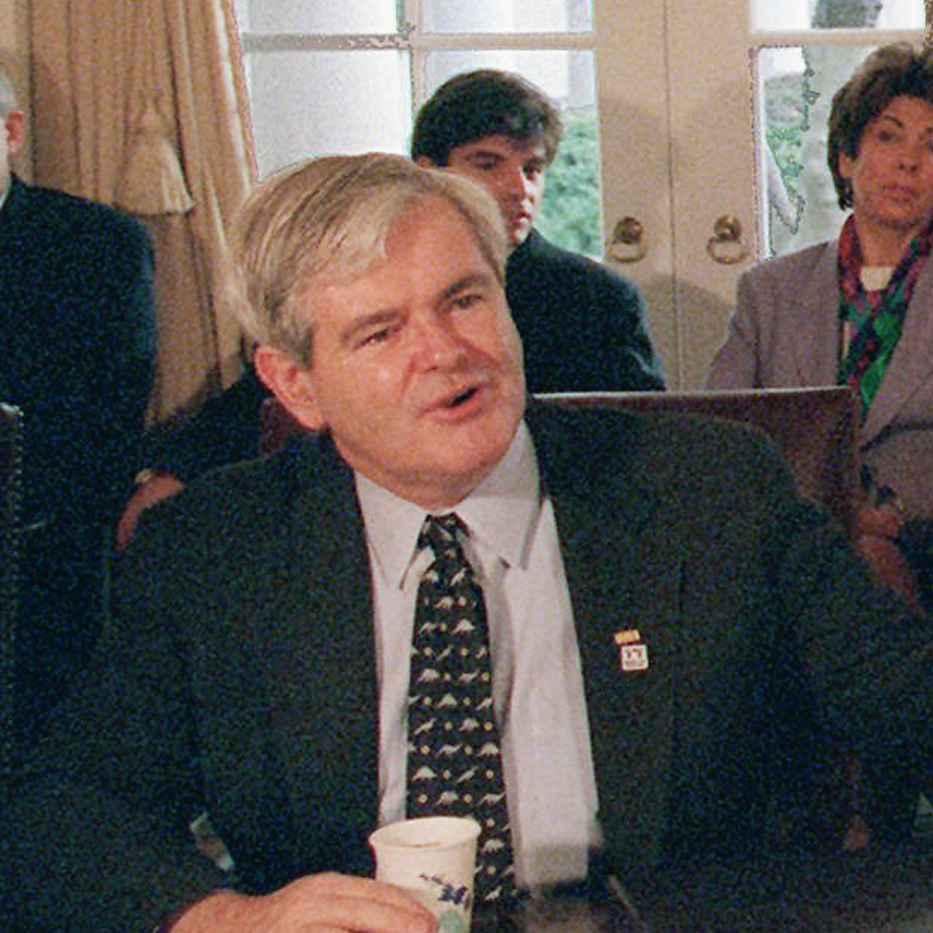
In 1995, the government experienced two shutdowns: a brief five-day closure in November, followed by a more prolonged 21-day shutdown spanning December into January 1996.
These shutdowns stemmed from budget disputes between President Bill Clinton and the Republican-led House of Representatives, headed by Speaker Newt Gingrich. The Republicans, having secured a House majority for the first time in four decades, pushed for cuts to social programs and the repeal of Clinton’s 1993 tax increases.
The government reopened after Republicans, who were largely blamed by public opinion polls, accepted a compromise proposed by Clinton. This shutdown is often cited as the longest in U.S. history and marked the beginning of intensified political deadlock.
Following this period, the government avoided shutdowns for nearly two decades until 2013, when the Republican-controlled House refused to pass a spending bill that included funding for the Affordable Care Act (Obamacare).
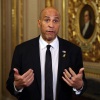
Senator Ted Cruz of Texas, then a freshman, spearheaded the opposition with a notable 21-hour speech on the Senate floor protesting Obamacare. Repeated refusals by Democrats to accept Republican proposals led to a 16-day shutdown.
The government reopened following bipartisan negotiations that resulted in only minor adjustments to the Affordable Care Act. Then-House Speaker John Boehner remarked, “We fought the good fight, we just didn’t win.”
A 2023 analysis by the U.S. Congress Joint Economic Committee Democrats estimated that this shutdown reduced GDP growth by $20 billion and cost the nation at least $2 billion in lost labor hours.
The Emergence of Government Shutdowns
The federal appropriations process is complex, requiring 12 subcommittees in both the House and Senate to draft funding bills for specific government sectors. These bills must be approved by both chambers and signed by the president before the fiscal year starts on October 1.
Historically, temporary lapses in government funding were not unusual, but they rarely halted government operations.
Charles Tiefer, a former legal advisor to the House, explained in 2013 that it was generally assumed Congress would eventually pass the necessary spending bills, so there was little urgency or disruption during funding gaps.
This approach shifted dramatically in 1980 and 1981 when U.S. Attorney General Benjamin Civiletti issued legal opinions that laid the groundwork for modern government shutdowns.
Amid growing political conflicts causing repeated funding gaps in the late 1970s, President Jimmy Carter asked Civiletti whether federal agencies could legally continue paying employees without appropriations.
Civiletti’s April 1980 opinion was clear: no funds could be spent during funding lapses except to orderly wind down agency operations.
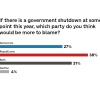
In a subsequent opinion the next year, Civiletti clarified that certain government functions essential to protecting human life or property could continue during funding gaps.
This legal interpretation triggered a series of shutdowns: eight occurred in the 1980s (none exceeding three days), three in the 1990s, and three more in the 2000s, according to House records.
Civiletti, who passed away in 2022, expressed surprise at how his narrowly focused legal opinions had led to numerous shutdowns over the years.
Reflecting on the unprecedented 2018-2019 shutdown, he told the Washington Post in January 2019, “I never imagined these shutdowns would last this long or be used as a political strategy.”















